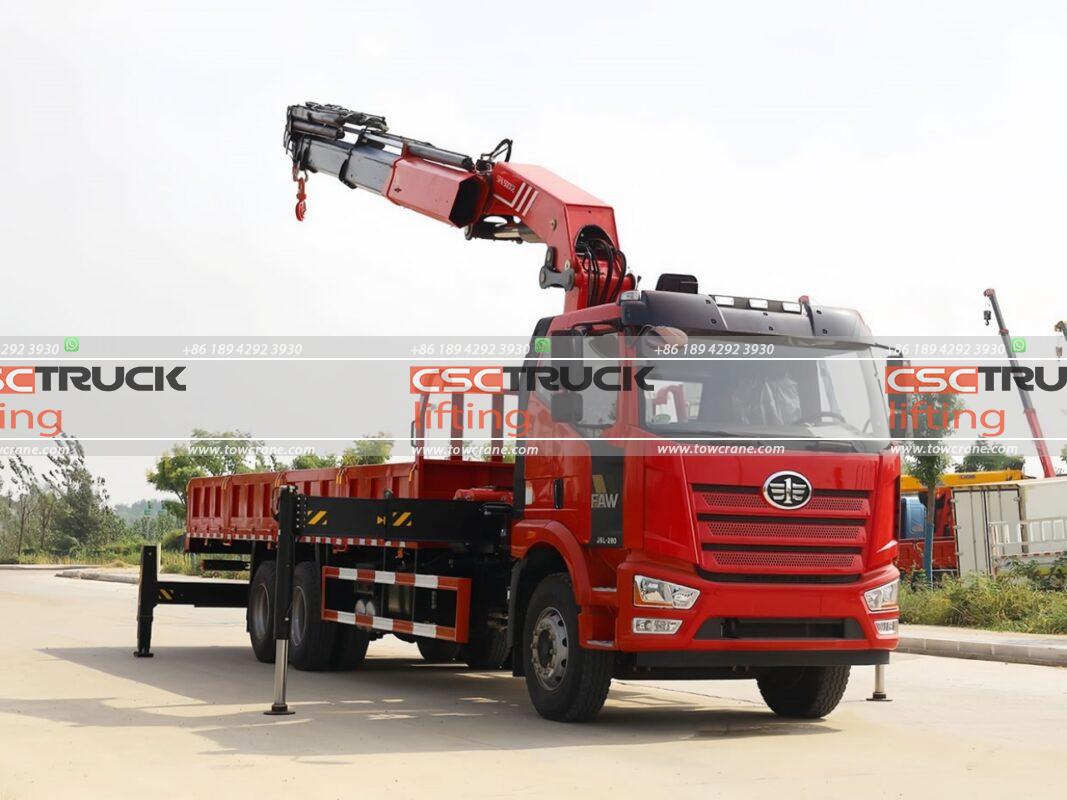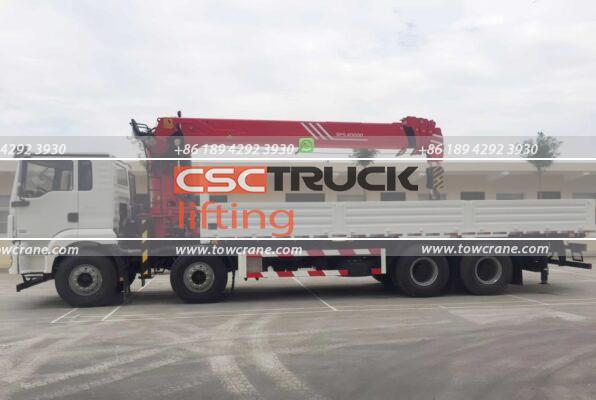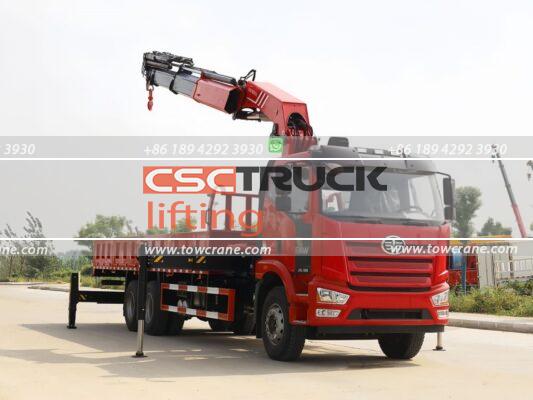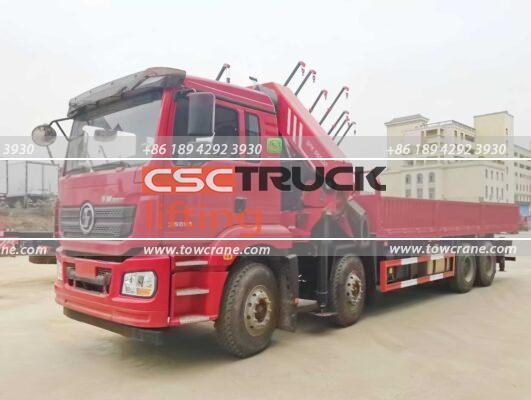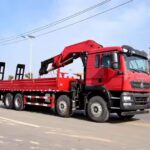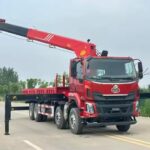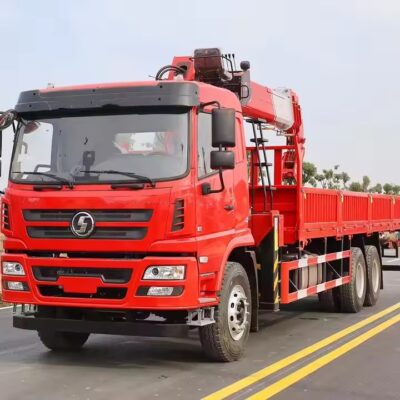The hydraulic winch is a vital component of both single and dual tow trucks, primarily used for lifting and pulling operations. Understanding the common faults and their resolutions can ensure the efficient functioning of the winch and prolong its lifespan.
1. Oil Leaks from the Winch or Motor
Cause:
- Prolonged Use: Over time, seals can wear out or become damaged.
- Loose Bolts: Bolts securing the winch and motor can loosen, leading to leaks.
Resolution:
- Replace Seals: Check the seals for damage and replace them as needed.
- Tighten Bolts: Regularly inspect and tighten all connecting bolts to prevent leaks.
2. Difficulty Engaging or Disengaging the Clutch
Cause:
- Misaligned Clutch Jaws: The clutch jaws may not align properly, causing engagement issues.
- Clutch Operating Mechanism Issues: Problems within the mechanism can hinder clutch operation.
Resolution:
- Align Clutch Jaws: Rotate the drum to ensure proper alignment of the clutch jaws.
- Inspect Operating Mechanism: Examine the clutch operating mechanism, identify any faults, and address them accordingly.
3. Unstable Pressure and Shaking During Operation
Cause:
- Unstable Loads: Inconsistent loads can cause pressure fluctuations and shaking.
- Irregular Wire Rope Movement: Misalignment or improper winding of the wire rope can lead to instability.
Resolution:
- Stabilize Load: Ensure the load is evenly distributed and stable.
- Realign Wire Rope: Check the wire rope for proper alignment and correct any irregularities.
Regular Maintenance of Hydraulic Winches
Just like other components, the hydraulic winch on a tow truck requires regular maintenance to ensure its efficient and reliable operation. Here are some essential maintenance tips:
1. Lubricant Change
Frequency: Once a year.
Steps:
- Drain the old lubricant from the winch box.
- Refill with fresh, manufacturer-recommended lubricant.
2. Oil Leak Checks
Frequency: Frequently.
Steps:
- Inspect the winch and motor for any signs of oil leakage.
- Address leaks promptly by replacing seals or tightening bolts as needed.
3. Installation Bolt Inspection
Frequency: Regularly.
Steps:
- Check all installation bolts for looseness.
- Tighten any loose bolts to ensure secure installation.
4. Wire Rope Inspection
Frequency: Regularly.
Steps:
- Inspect the wire rope for broken strands, wear, and deformation.
- Lubricate the wire rope to prevent corrosion and wear.
- Replace the wire rope when it shows significant wear or reaches the end of its service life.
Conclusion
The hydraulic winch is critical for the towing function of a tow truck, making its maintenance essential for reliable operation. By addressing common faults like oil leaks, clutch engagement issues, and unstable pressure, and adhering to a regular maintenance schedule, you can ensure the hydraulic winch remains in optimal condition. Regular inspections, timely repairs, and proper lubrication will help prolong the life of the winch and enhance the overall performance of the tow truck.

